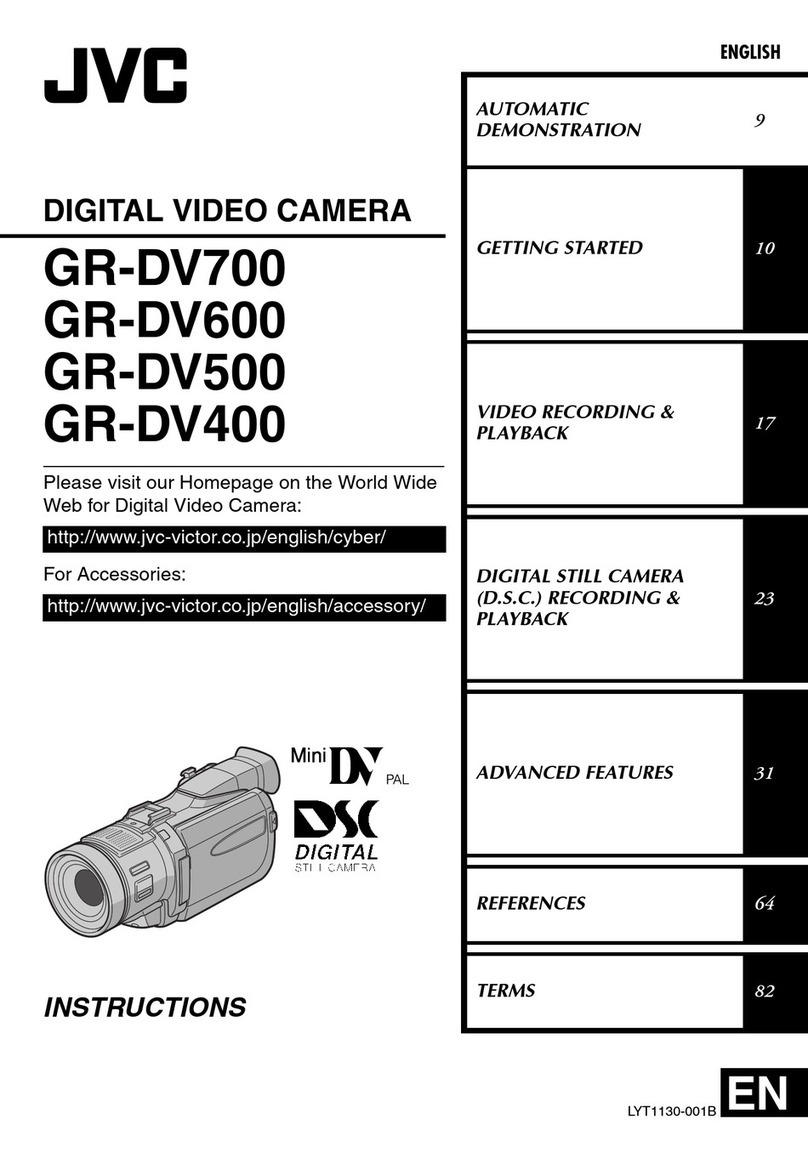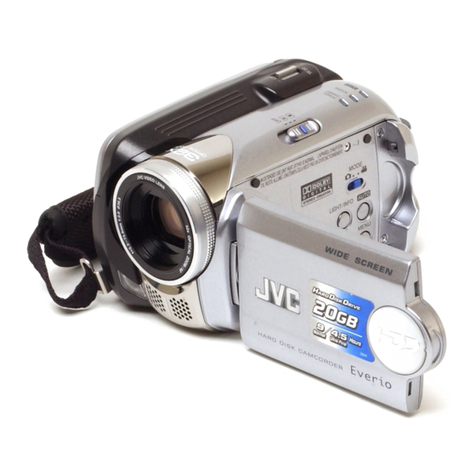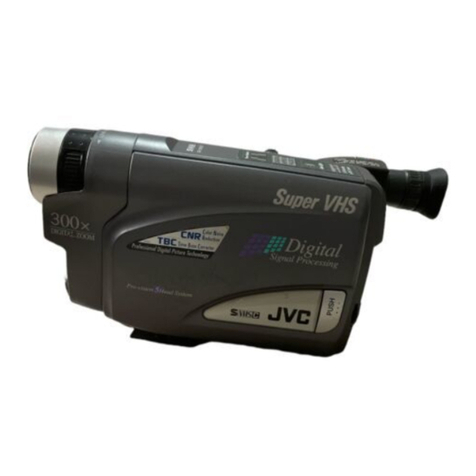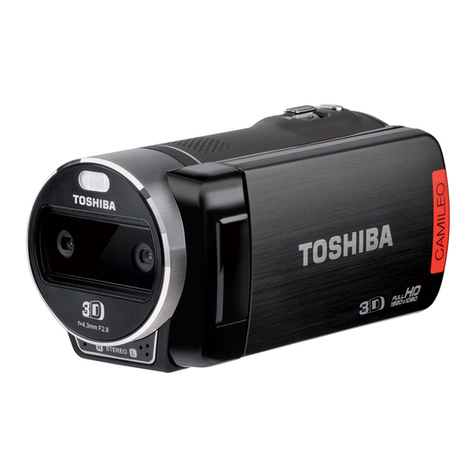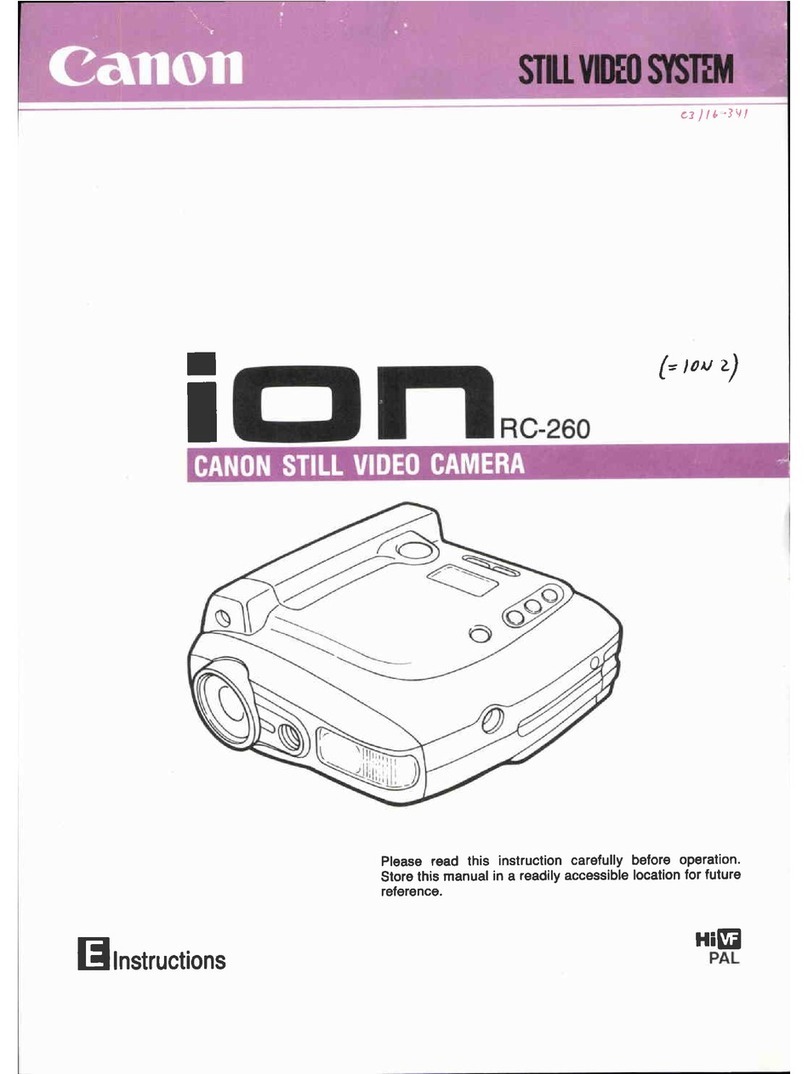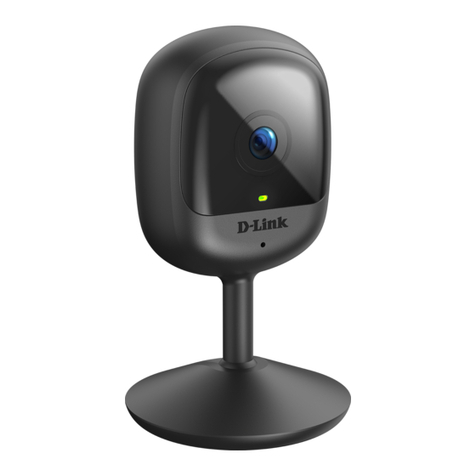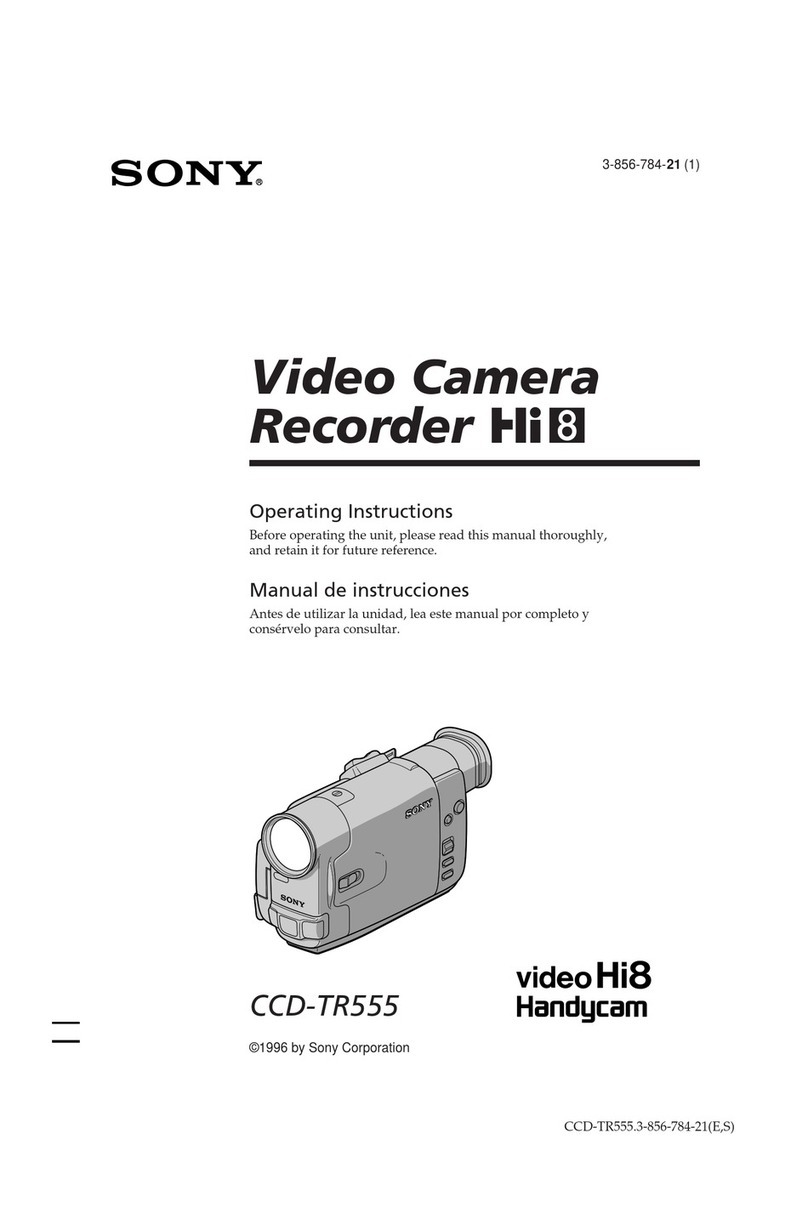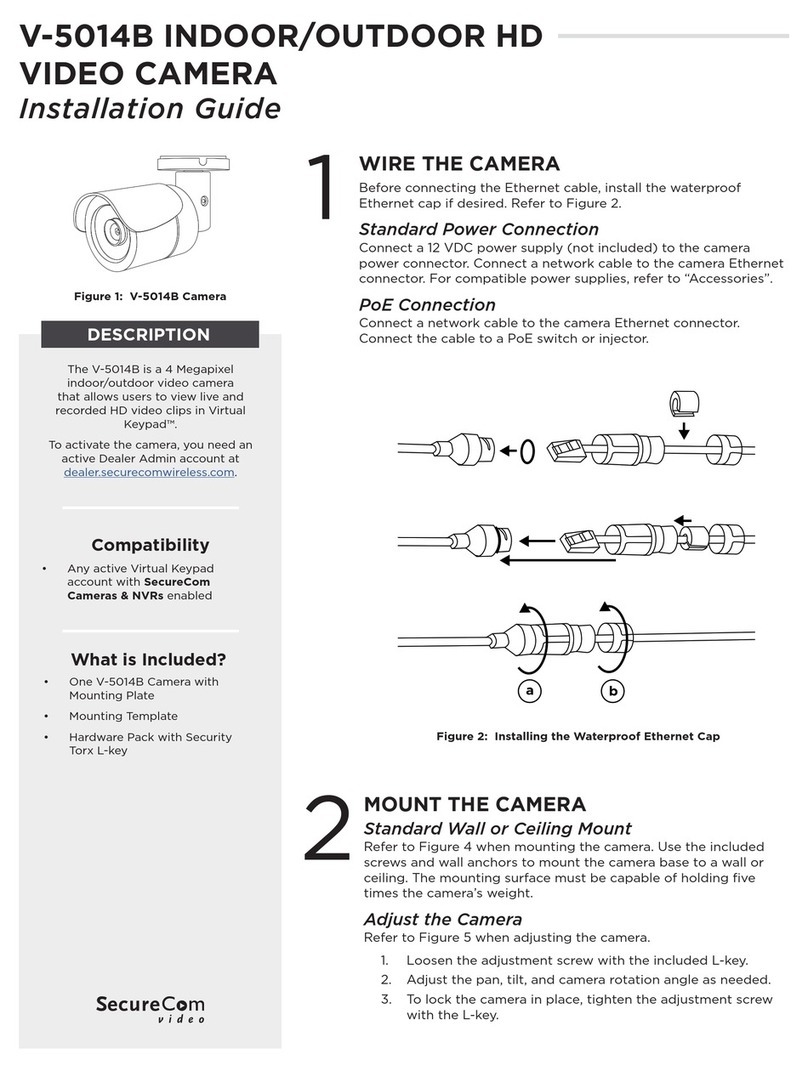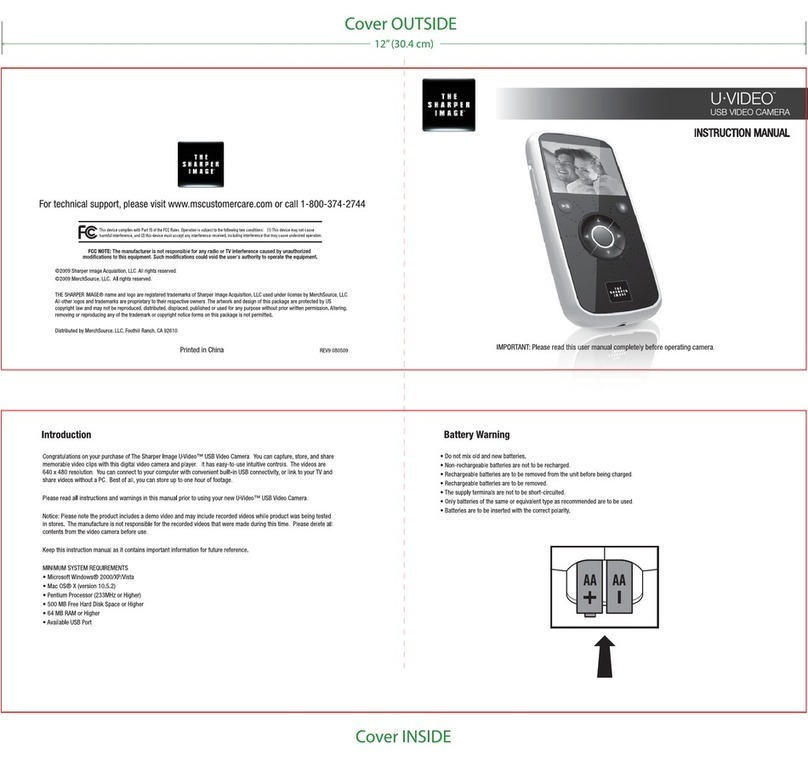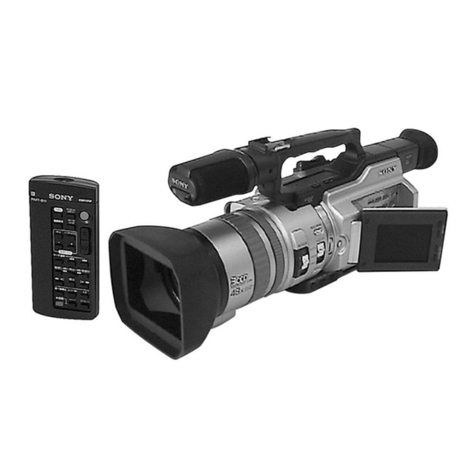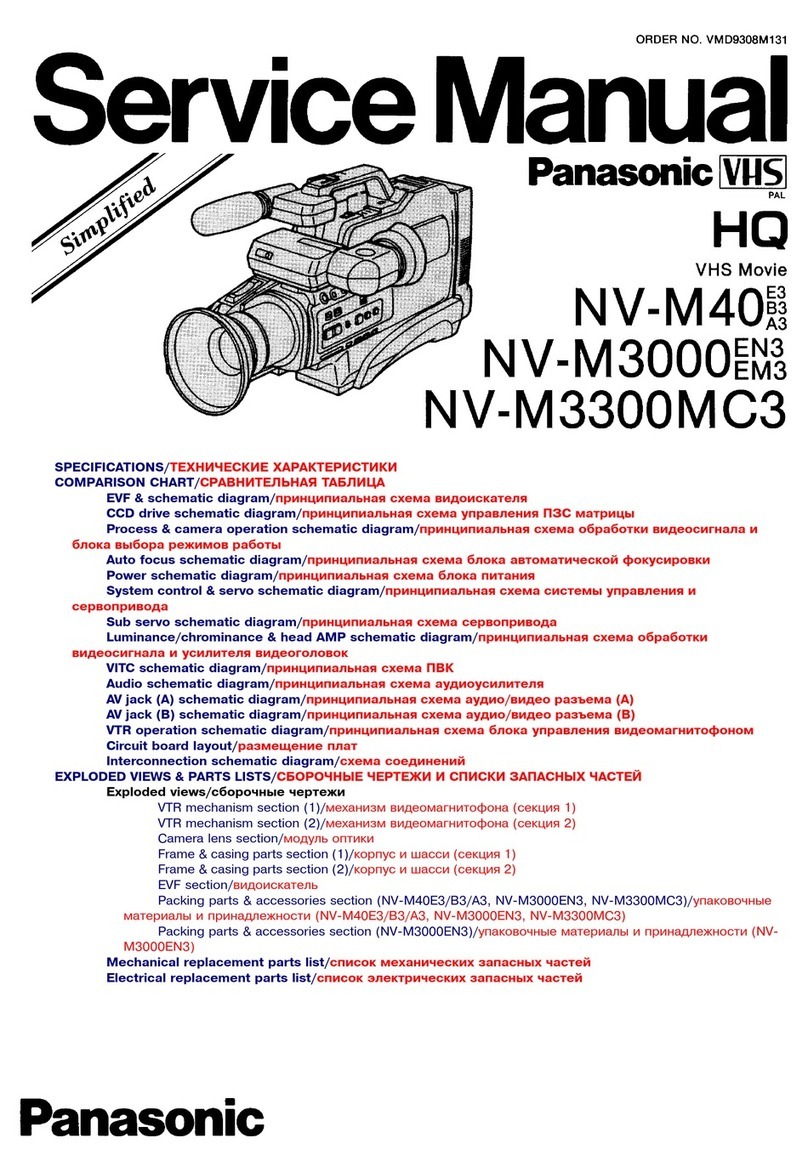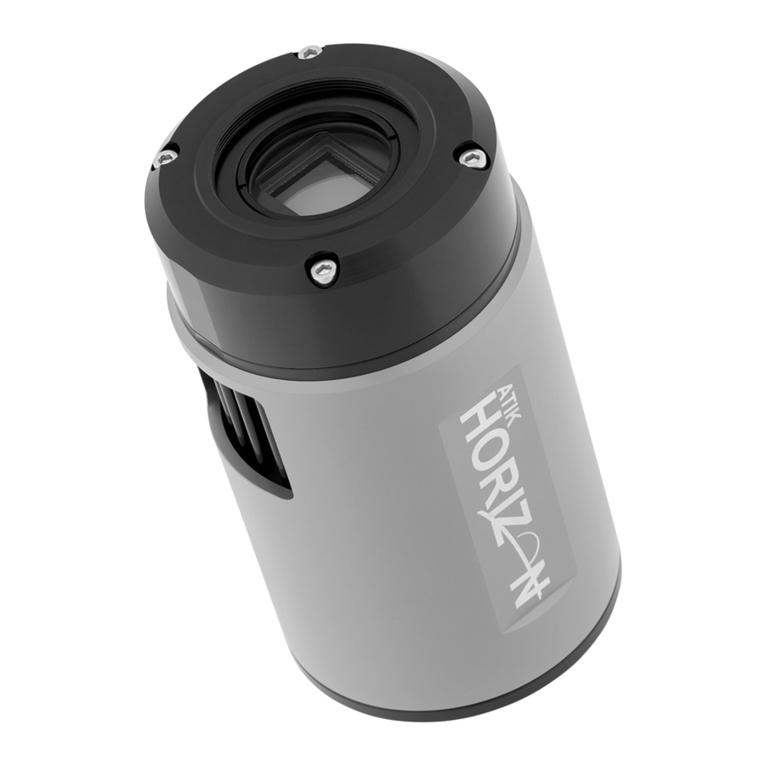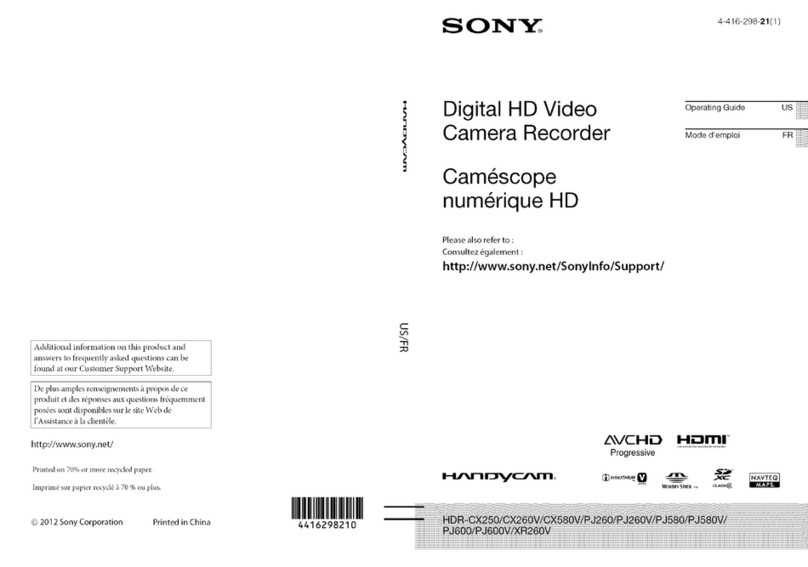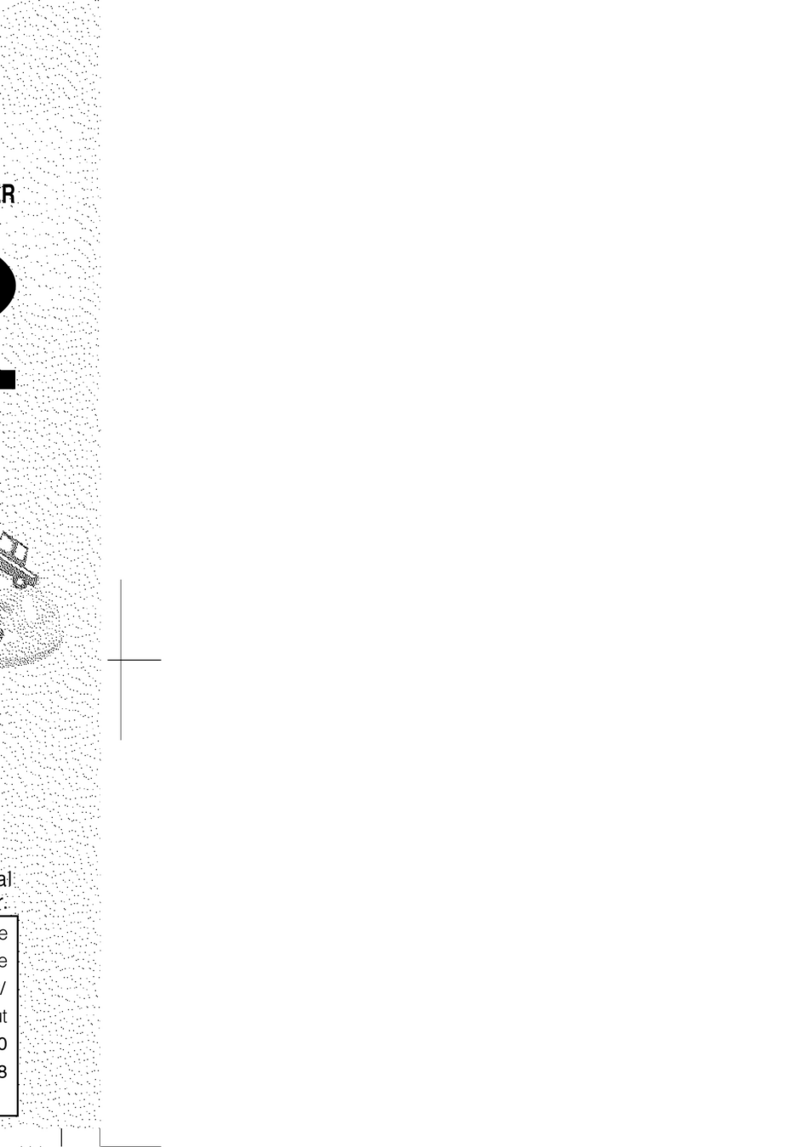JVC GX-N7E User manual
Other JVC Camcorder manuals
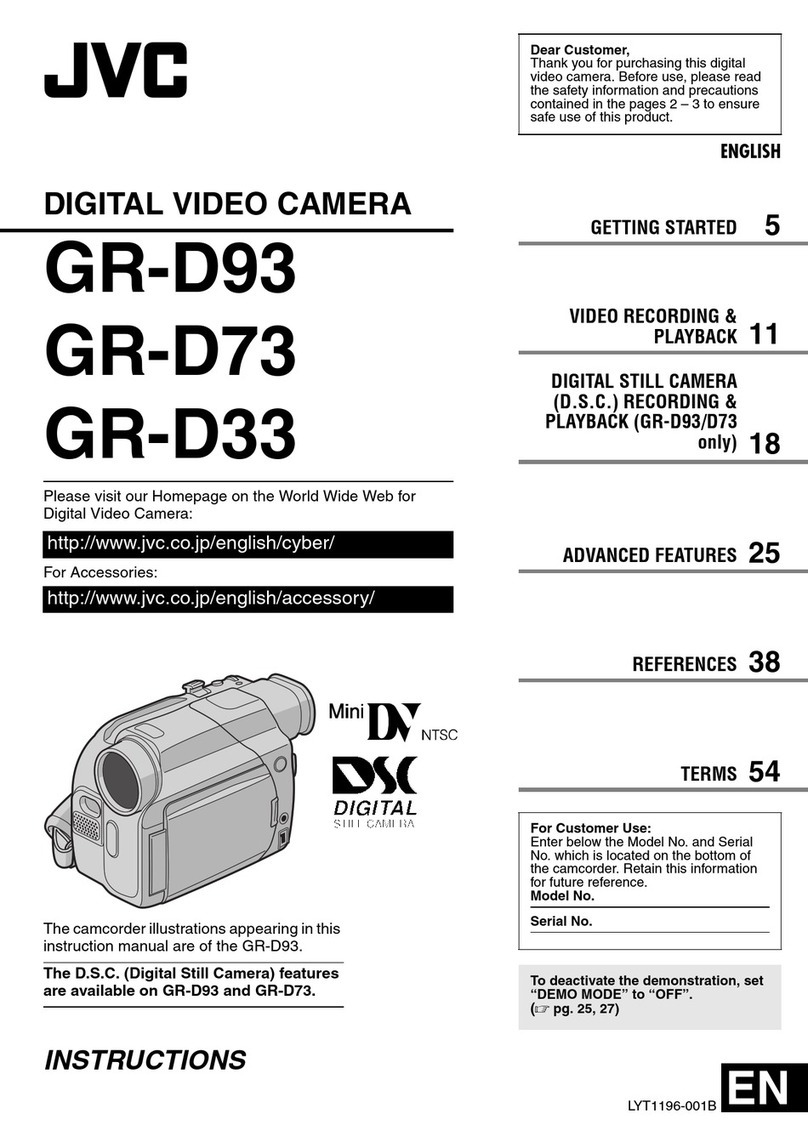
JVC
JVC LYT1196-001B User manual
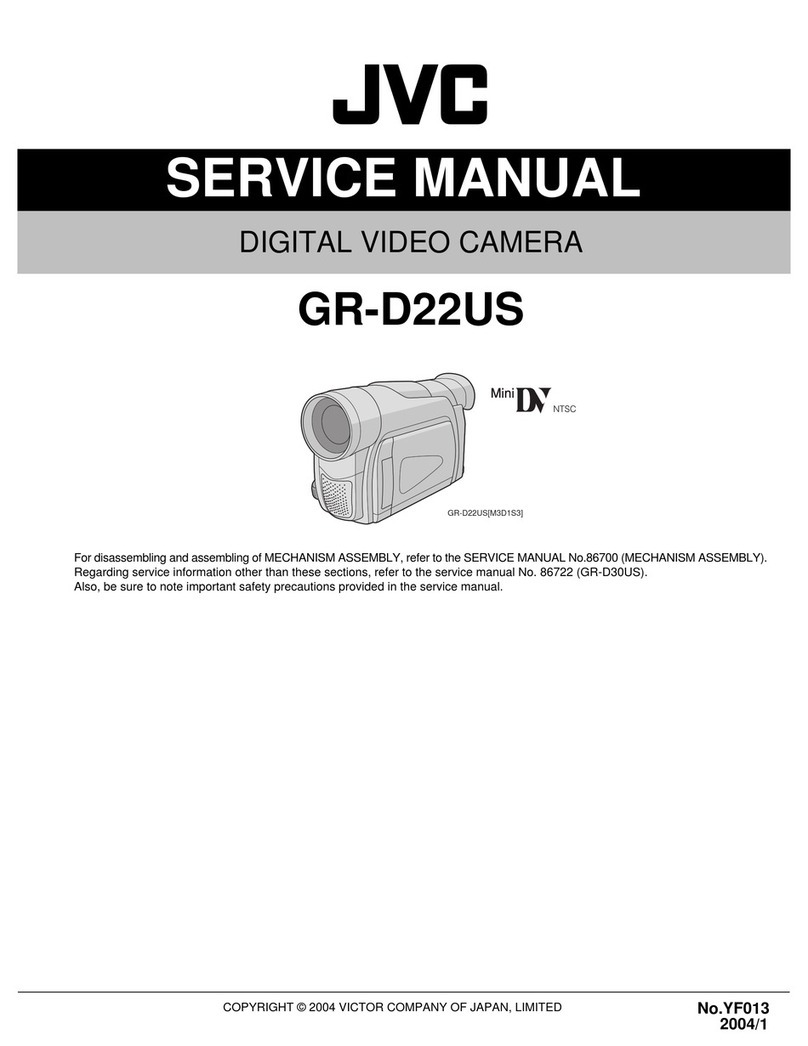
JVC
JVC GR-D22US User manual

JVC
JVC GZ-MG40EX User manual
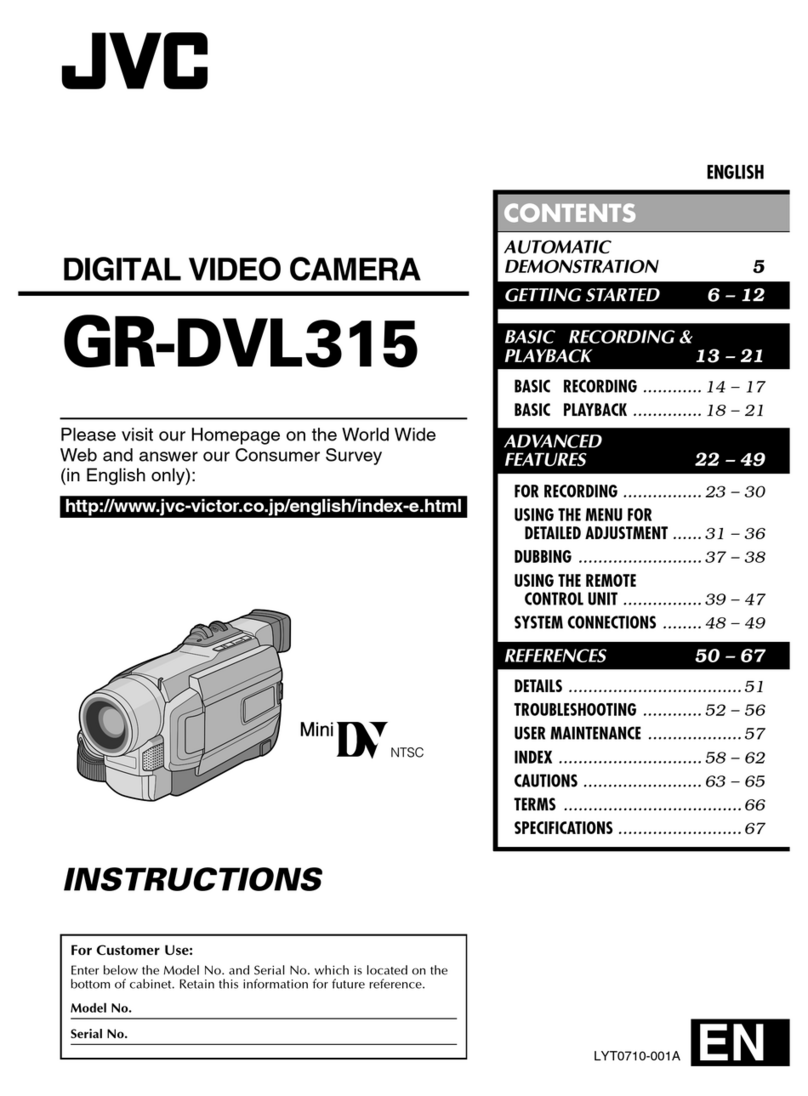
JVC
JVC GR-DVL315 User manual
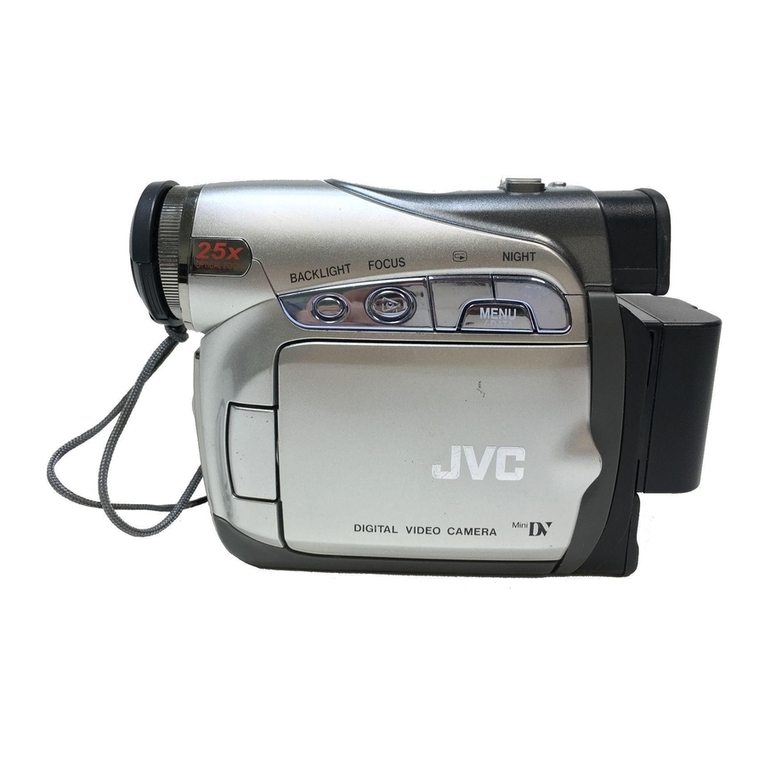
JVC
JVC GR-D250 User manual
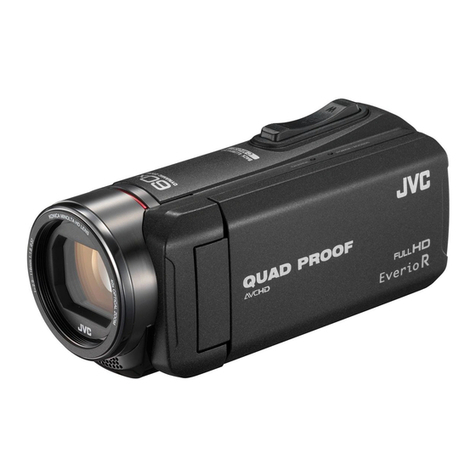
JVC
JVC Everio R Operating and maintenance manual

JVC
JVC GZ-MG555US Administrator Guide

JVC
JVC GRD396US - GR Camcorder - 680 KP User manual
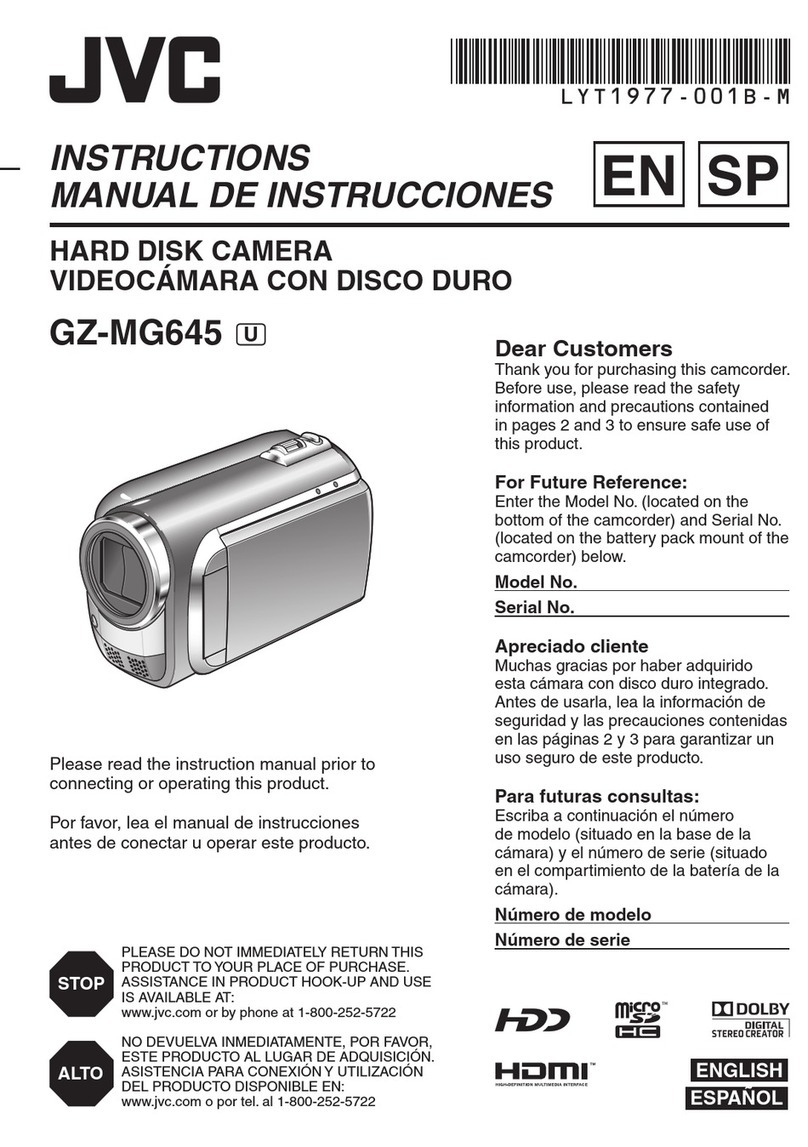
JVC
JVC Everio GZ-MG645 User manual

JVC
JVC GZ-MG21USM User manual

JVC
JVC GY-HD250U - 3-ccd Prohd Camcorder Setup guide

JVC
JVC GR-D200US Administrator Guide

JVC
JVC GR-SXM590AG User manual
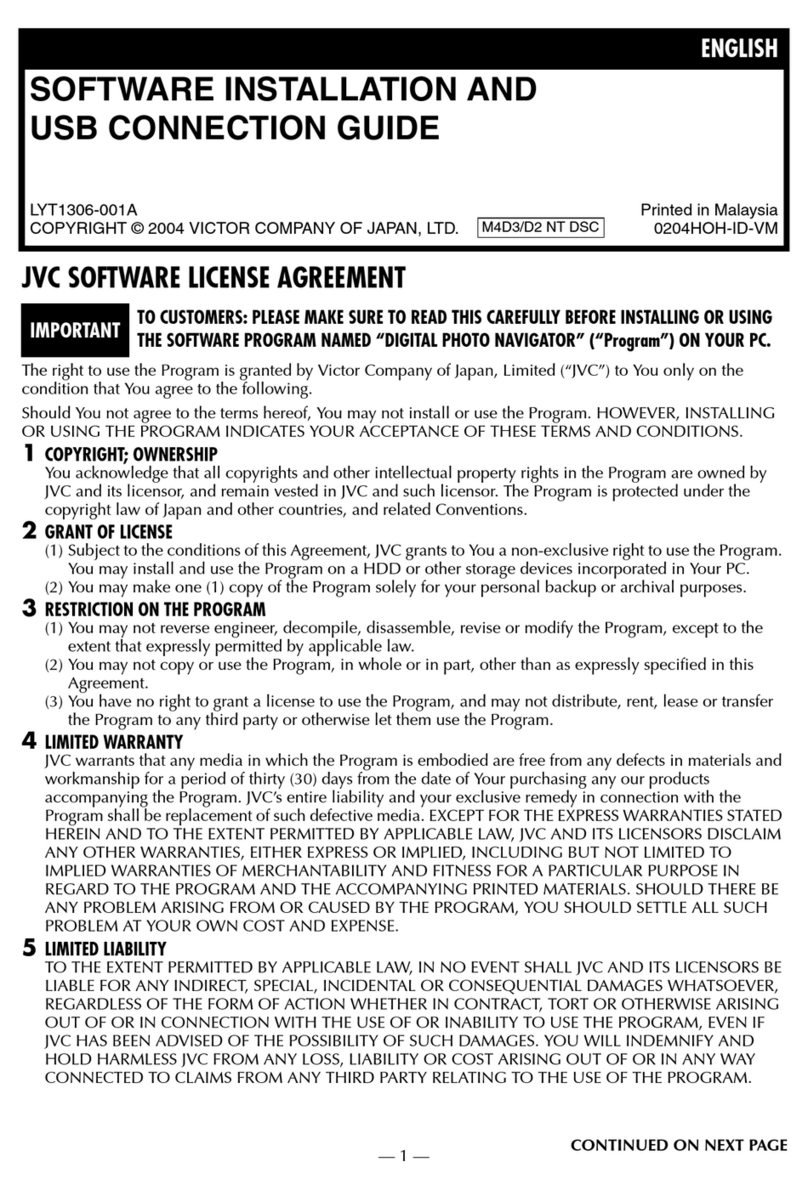
JVC
JVC GR-D230US Instruction manual

JVC
JVC KA-DV5000 User guide

JVC
JVC GR-D239 User manual
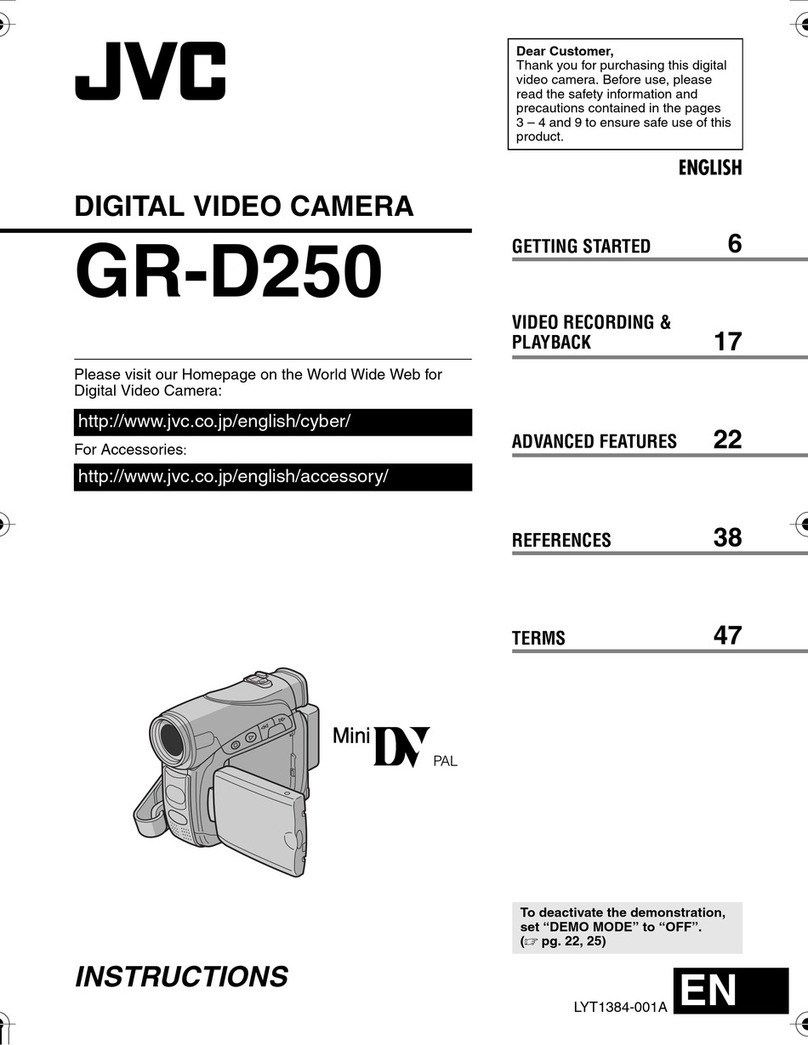
JVC
JVC D250US - Camcorder - 680 KP User manual
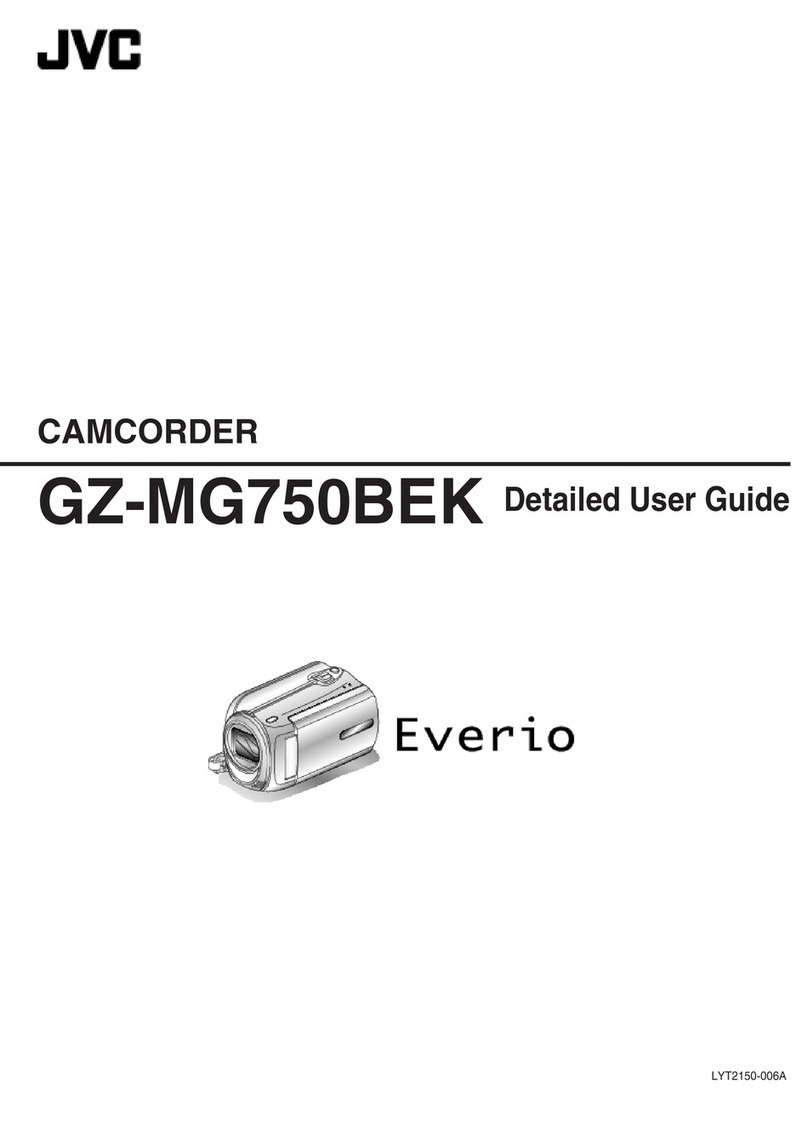
JVC
JVC Everio GZ-MG750BEK Operating and maintenance manual

JVC
JVC GY-HM790CHU User manual

JVC
JVC GR-DZ7AC User manual

